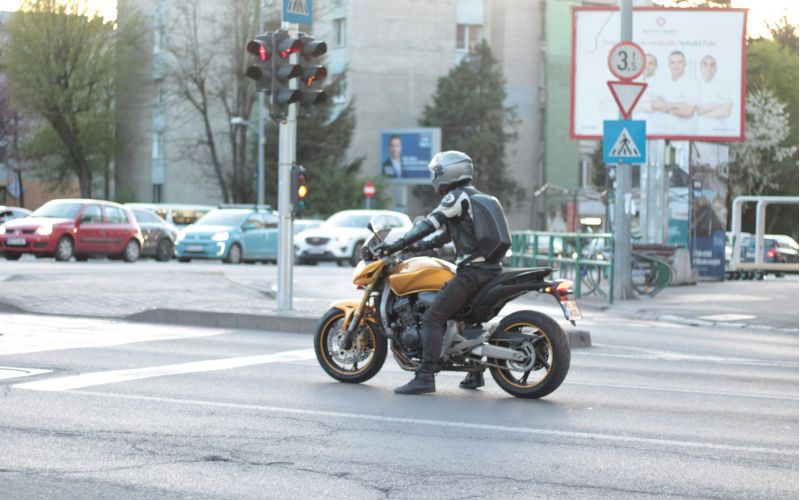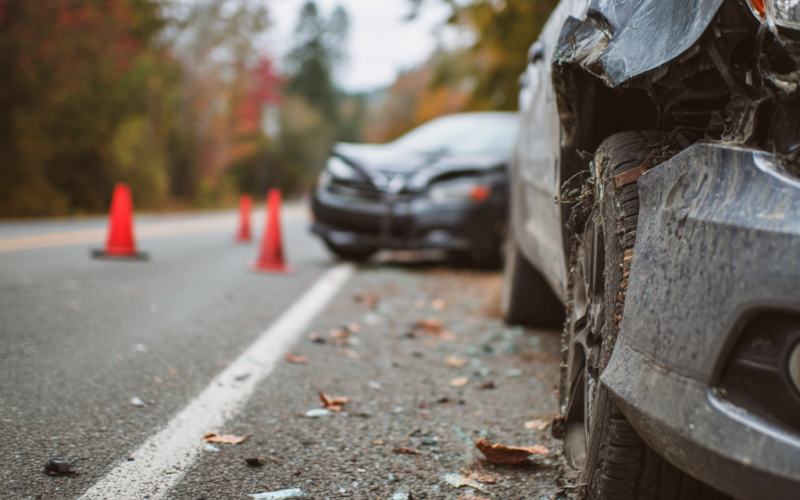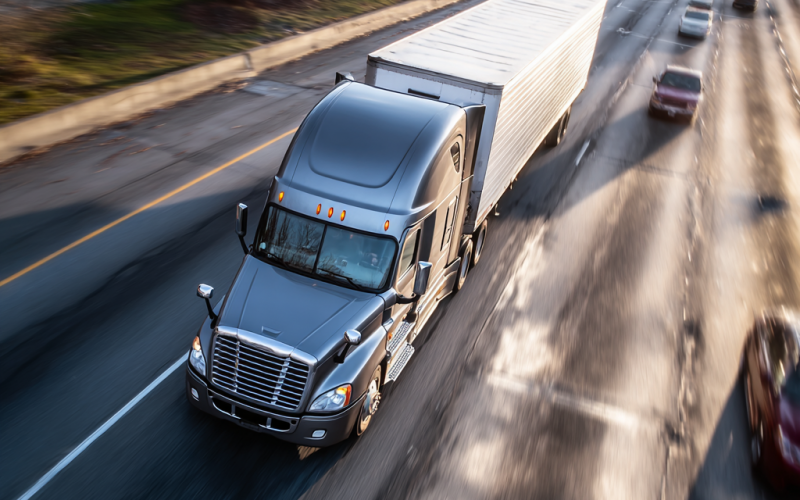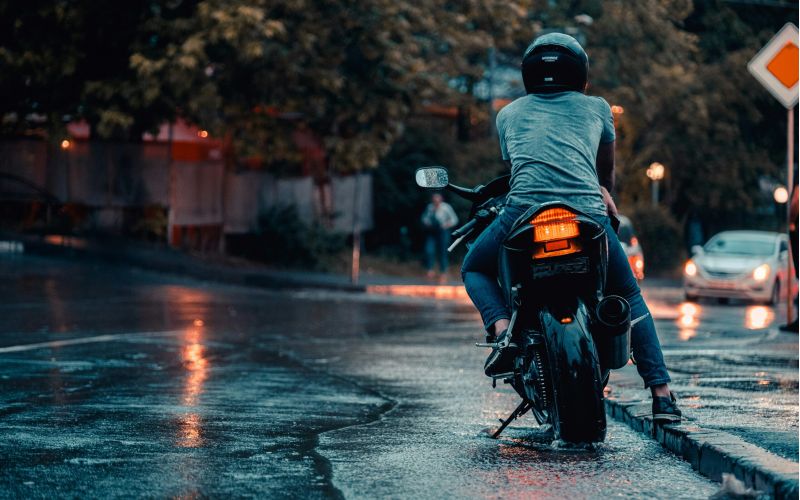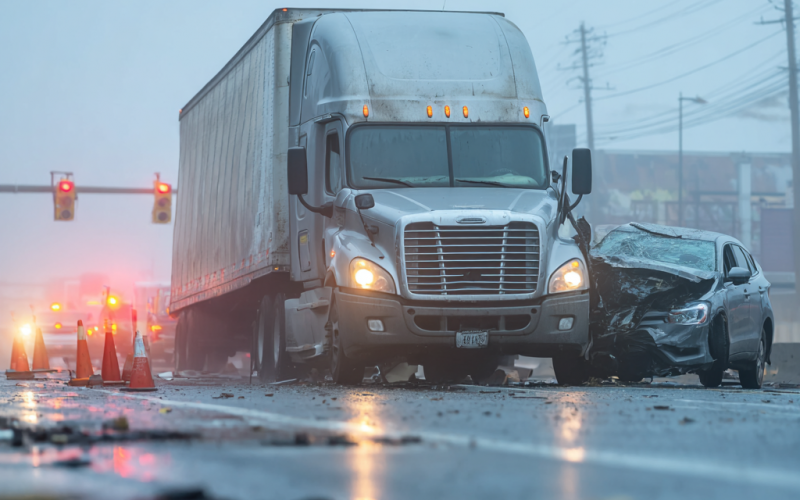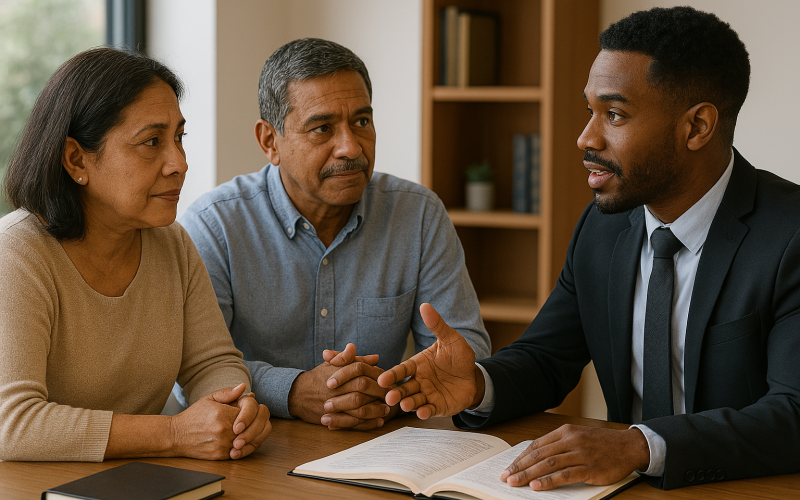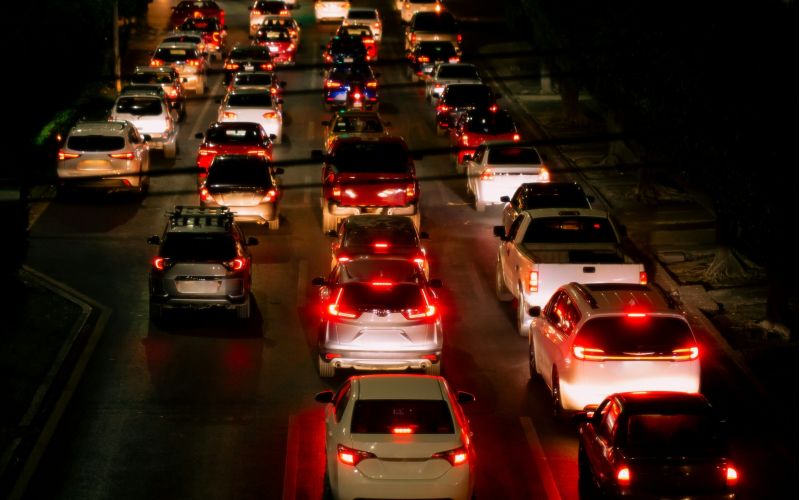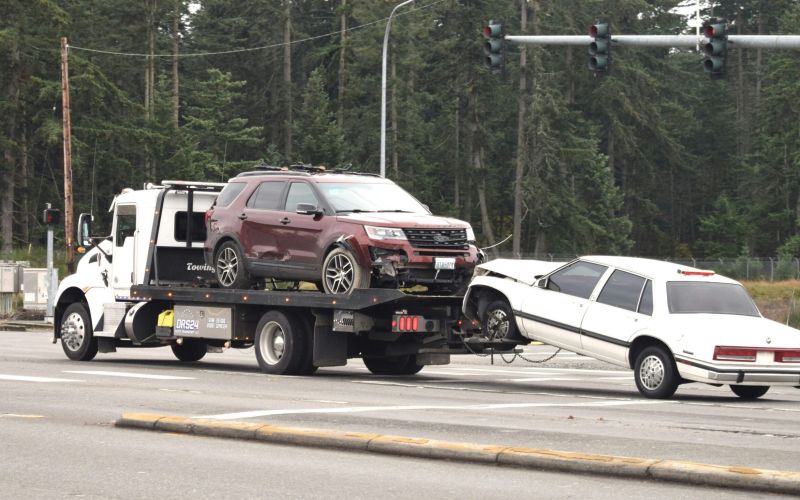What to Do After an Intersection Accident
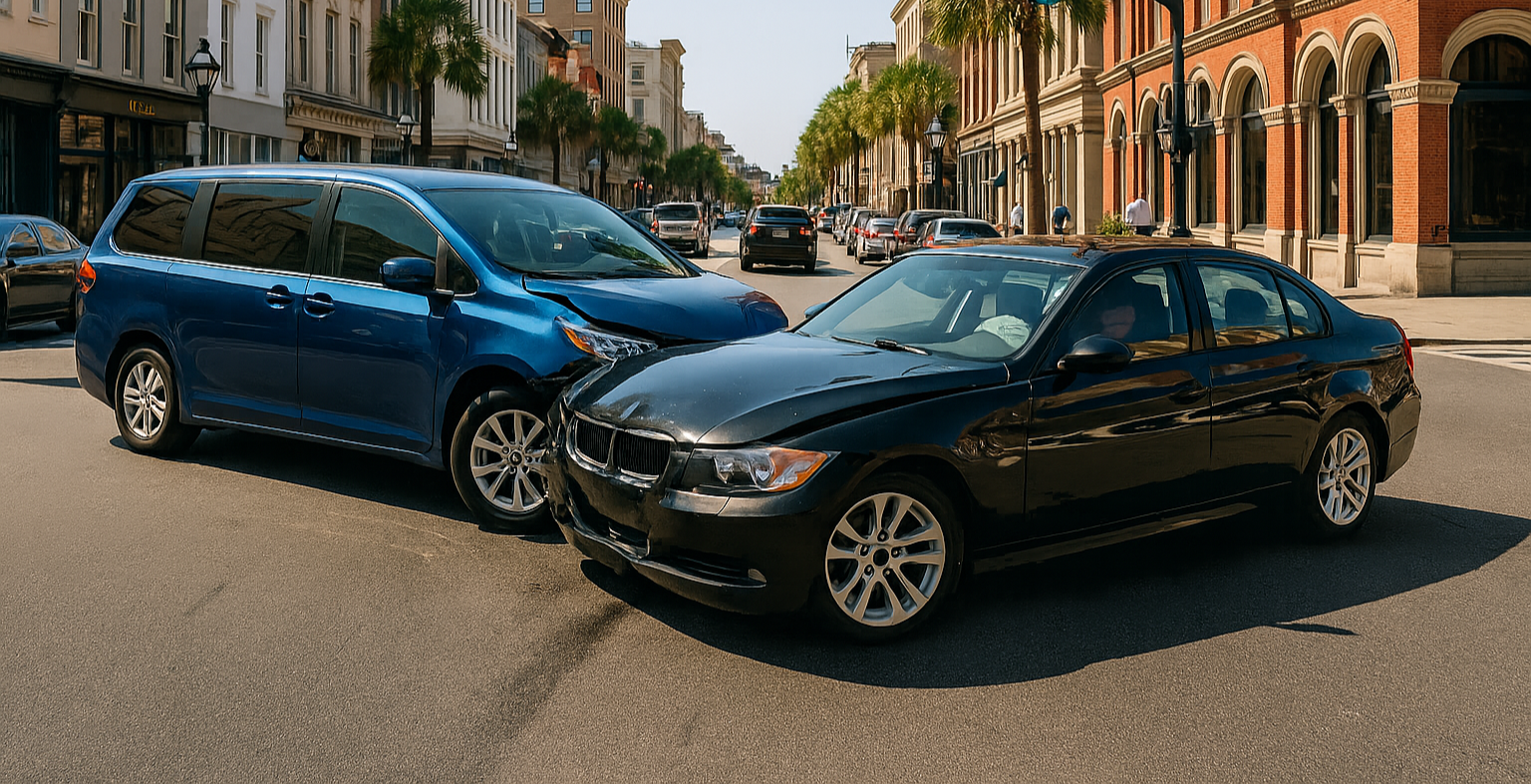


Key Takeaways
- Call 911 immediately and avoid discussing fault at the scene.
- Gather key evidence if you’re able — including photos, witness info, and a police report.
- Fault is determined under South Carolina’s modified comparative fault rule, which can limit or bar your compensation.
At HawkLaw P.A., we know how overwhelming an intersection accident can be. Taking the right steps — from contacting emergency services to preserving evidence — can make a major difference in your recovery and your case. South Carolina’s fault laws also play a critical role in determining what compensation you may be entitled to, and we’re here to help you protect your rights every step of the way.
Car accidents aren’t on anyone’s daily to-do list, making it unlikely that the average person knows what they’d do immediately after having one. Finding yourself in a disabled, crushed car in the middle of a busy intersection is frightening, especially if you are injured.
Learning what to do after an intersection accident is key to avoiding panic and ensuring your safety and the safety of those around you. At HawkLaw P.A., our attorneys understand the necessity of getting medical attention and taking the necessary steps to protect yourself and your interests at the scene of the accident.
Who Do I Call First After an Intersection Accident?
It may be your knee-jerk reaction to call your partner or a loved one after an intersection accident, but the best number to dial is always 911. Even if no one appears to be injured, it is imperative to call the police to the scene of the accident. A police report can be a vital piece of evidence when attempting to file a claim.
Once you’ve called 911, calling a lawyer is the next step. At HawkLaw P.A., we are ready to speak to you from the scene of the accident and help coach you through the next steps.
What Kind of “Evidence” Am I Supposed to Be Getting?
Your lawyer is going to do the majority of the evidence collecting, but there’s some information that you can gather which is helpful for your case:
- Photographs. Take pictures of the cars involved, skid marks, the condition of the roadway, the intersection (from all angles), traffic signs, current weather conditions, and injuries.
- Eyewitness contact information. Did anyone see your crash? If there were bystanders, other motorists, or shop owners who saw your accident, collect their names, phone numbers, and email addresses so you can contact them later.
- A police report. Sure, it might only look like a fender bender, but until you’ve had yourself and your vehicle fully checked out, you won’t know the extent of your damages. A police report can help establish fault and give you the evidence you need to file a claim.
- The other party’s information. There may be several parties involved in your accident. You’ll need their contact information as well as their insurance carrier information.
If you are injured and unable to collect these items, ask a loved one to collect them for you, if possible. The more information you have, the better you’ll be able to recount the events of the accident when needed.
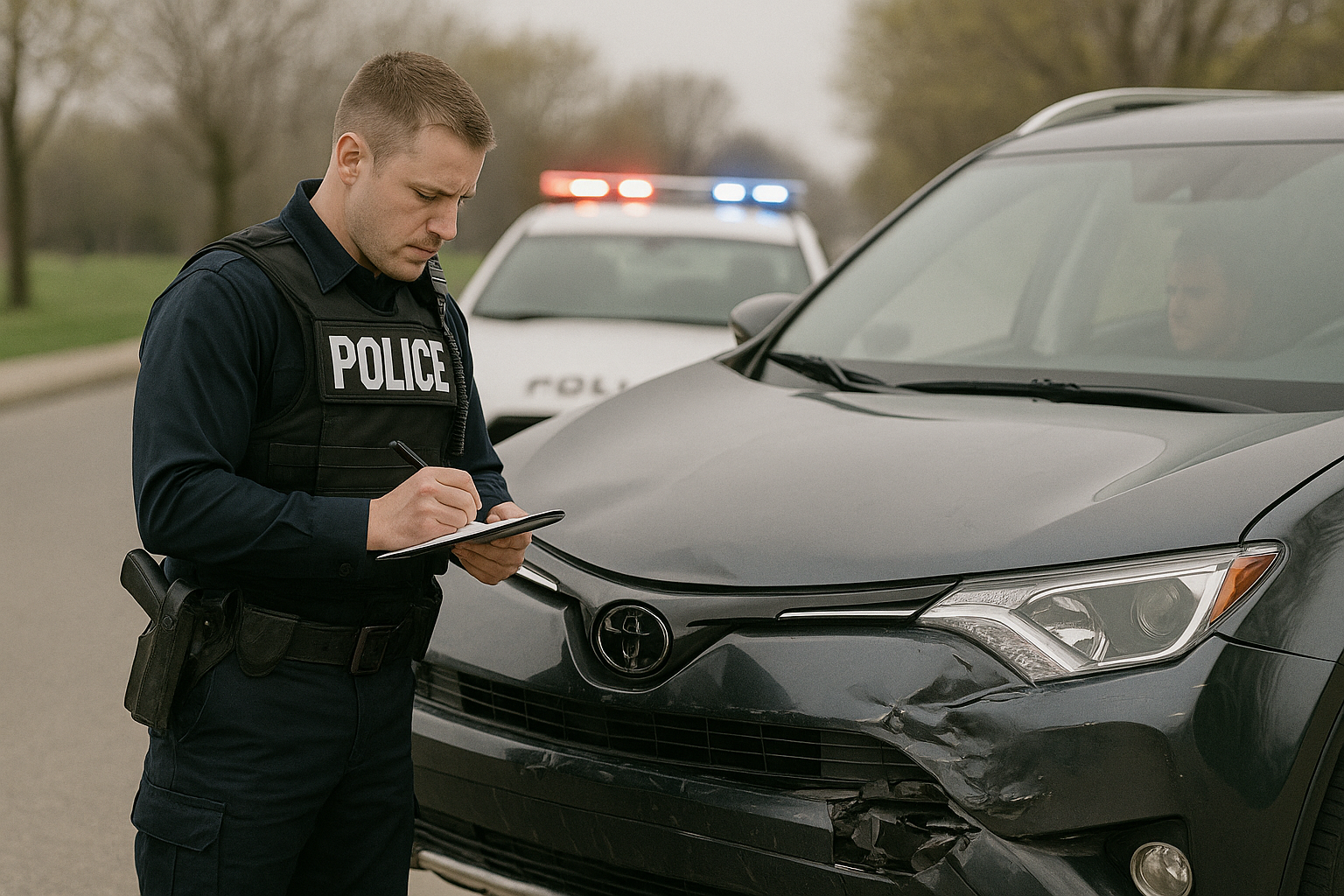
What Do I Tell the Police About the Crash?
The best policy is to say as little as possible to anyone at the scene of your accident. Even saying “I’m sorry” could be deemed an admission of fault. Because South Carolina is an at-fault state, a driver who is found to be even partially at-fault for an accident may be held liable for costs associated with the accident. Anything you say to the police may be recorded in their report.
So be truthful about what happened, but don’t implicate yourself, and don’t embellish. If you’re unsure about something, say so.
How Soon Should I Call an Attorney After an Intersection Accident?
As soon as possible. Call from the scene if you can, or call us from the hospital. If that’s not possible, then call us as soon as you have that police report or once you’re discharged. The sooner we can get involved, the better. We don’t want any valuable evidence to be destroyed or to go missing, and we want to hear what happened while your memories are fresh.
What Is the Leading Cause of Intersection Accidents?
Intersections provide a major opportunity for accidents to occur. Numerous factors play into why these crashes occur, but the leading cause is driver error.
Drivers who fail to yield the right-of-way, do not follow posted traffic signs, and run red lights can easily cause accidents at intersections. In addition, failing to properly inspect the intersection before crossing can lead to an accident if a disabled vehicle is present or if a pedestrian or cyclist is using the crosswalk.
And one of the leading types of driver error is drunk or drugged driving. About 30% of all vehicle crashes involve a driver who was under the influence of drugs or alcohol. Drivers who operate their vehicles while impaired pose a risk to themselves and to other drivers on the roadways and cause serious accidents that can result in massive amounts of damage, bodily harm, and death. Holding these drivers accountable for their actions, and advocating for fair outcomes for their victims, is something our car accident attorneys are deeply committed to.
Although driver error is often to blame, there are also situations wherein roadways and traffic signals are not properly maintained, which can lead to accidents. Here are some of the primary reasons why accidents occur at intersections.
At Blind Intersections
A blind intersection is one in which a driver approaching the intersection cannot see 100 feet in front of them as they enter the intersection, due to an obstruction. These can happen due to the lay of the land, or due to overgrowth of foliage, or buildings that block the viewpoint the driver has. If the driver cannot see another vehicle entering the intersection, a crash can easily occur.
At Controlled Intersections
Controlled intersections are intersections that are governed by traffic lights, stop signs, or yield signs. Although you may assume that fewer accidents occur at a controlled intersection, that isn’t the case. Accidents occur at controlled intersections due to drivers failing to yield at yellow lights or yield signs, and blatantly running red lights. Additionally, if signs or lights are inoperable, an accident may occur.
Who Is at Fault in an Intersection Accident?
Determining fault in an automobile accident is important in determining who has the right to file a claim for damages. South Carolina follows a modified comparative fault law. This means that if a person is found more than 50% at fault for an accident, they are barred from seeking compensation from the other parties involved. If, however, a victim is found to be less than 50% at fault for an accident, they may recover damages, but those damages will be reduced by their percentage of fault.
Where Do Most Traffic Crashes Occur?
South Carolina is home to beautiful roadways and cities, but our most beautiful and populated cities are also littered with dangerous intersections.

Charleston
In the Charleston area, several intersections and exchanges are known for producing more accidents than others. These include:
- International Boulevard and I-526
- Main Road and Savannah Highway
- I-26 and Ashley Phosphate Road
- Sam Rittenberg Blvd. and Ashley River Rd.
These intersections present problems due to the volume of traffic they experience, particularly during rush hours.

Greenville
Greenville roadways are problematic due to seasonal weather, and due to the amount of outdoor activities (such as cycling) that take place on certain stretches of road. The most dangerous intersections include the following:
- Haywood Road at Pelham and Haywood Road at I-385
- Pleasantburg Drive at: Antrim, Mauldin, Rutherford, Cleveland, and Villa Roads
- Academy Street and College Street
- Academy Street and Pendleton Street
- Laurens Road at Woodruff, Haywood, Verdae, and Millennium Roads
These stretches of roadways are more problematic in winter months, or when conditions are rainy. Additional attention to these areas when the weather is inclement is essential to maintaining safety.

Spartanburg
The City of Spartanburg ranks fifth in South Carolina for the number of vehicle crashes. It is considered a highly accident-prone area. The following intersections with I-85 are particularly dangerous:
- I-85 and SC-290
- I-85 and S-57
- I-85 and SC-01
- I-85 and US-29
- I-85 and SC-14
Other streets that are problematic in Spartanburg include East Main Street, Pine Street, Church Street, Saint John Street, and John B. White Sr Boulevard.

Anderson
Anderson, South Carolina intersections are some of the most dangerous in the entire state. The most accident-prone intersections include:
- South Main Street and West Shockley Ferry Road
- Dairy Road and West Whitner Street
- West Shockley Ferry Road and South Murray Avenue
These intersections are highly trafficked and some of them are surrounded by retail centers and restaurants, creating additional traffic and congestion.

Columbia
The roadways in Columbia are known for being congested, particularly during rush hour. These intersections are known for producing deadly vehicle crashes.
- I-20 and I-26 Interchange
- Two Notch Road at Trenholm Road
- Garners Ferry Road at Leesburg Road
- Assembly Street at Gervais Street
- Broad River Road at Bush River Road
While more crash data is collected at these intersections, the potential for crashes at any intersection exists, no matter how many cars pass through it or how well it is controlled.
Don’t Know What to Do After an Intersection Accident? Let HawkLaw Help!
Contacting an attorney from the accident scene, hospital, or from your home is the correct first step for getting the representation you need to protect your interests and help you file a claim for your damages. Contact HawkLaw, P.A. today to speak to one of our experienced attorneys about your case. We have offices in Anderson,* Charleston, Columbia, Greenville and Spartanburg for your convenience.
*Anderson office is by appointment only and cases are primarily handled out of the Greenville office.
John D. Hawkins
John Hawkins is the Founder and CEO of HawkLaw He has been licensed to practice law in South Carolina since his graduation with honors in 1994 from the University of South Carolina School of Law, where he was on the Law Review and Order of Wig and Robe.
-
$3,000,000*
Trucking Accident Settlement
-
$1,005,000*
Car Accident Settlement
-
$575,000*
Personal Injury Settlement
"*" indicates required fields



